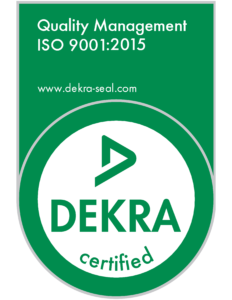Can you solvent bond polyethylene?
Solvent bonding is generally not effective for polyethylene (PE) because it has low surface energy and poor chemical resistance to most solvents. However, some specialized[…]
What solvent is used to bond ABS?
Acrylonitrile butadiene styrene (ABS) can be solvent welded using a variety of solvents, but the most commonly used solvent is acetone. Acetone is a fast-acting[…]
What solvent is used to weld acrylic?
Acrylic, also known as polymethyl methacrylate (PMMA), is a thermoplastic material that can be easily welded using a solvent. The solvent used for welding acrylic[…]
Why use a mylar washer in ultrasonic welding?
A Mylar washer is a type of insulating washer used in ultrasonic welding to electrically insulate the horn from the stack or transducer. It is[…]
How do I establish a maintenance schedule for ultrasonic welding?
Establishing a maintenance schedule for ultrasonic welding is an important step in ensuring that the equipment remains in good working condition and can operate efficiently[…]
What is ultrasonic welding?
Ultrasonic welding is a manufacturing process used to join two thermoplastic parts together. It uses high-frequency mechanical vibrations, typically between 20 kHz and 40 kHz,[…]
What is part marking in ultrasonic welding?
Part marking can cause issues in ultrasonic welding for several reasons. Firstly, it can indicate that the welding process is not optimized, as excessive pressure[…]
What is the hold time in ultrasonic welding?
The hold time in ultrasonic welding refers to the duration of time that the force is applied after the ultrasonic energy has stopped. It is[…]
What is a hermetic seal in ultrasonic welding?
A hermetic seal in ultrasonic welding refers to a seal that is airtight and does not allow any air, gas or liquid to pass through.[…]
What is a generator used for in ultrasonic welding?
In ultrasonic welding, the generator is the power supply that produces the high-frequency electrical energy needed to drive the transducer and convert it into ultrasonic[…]

